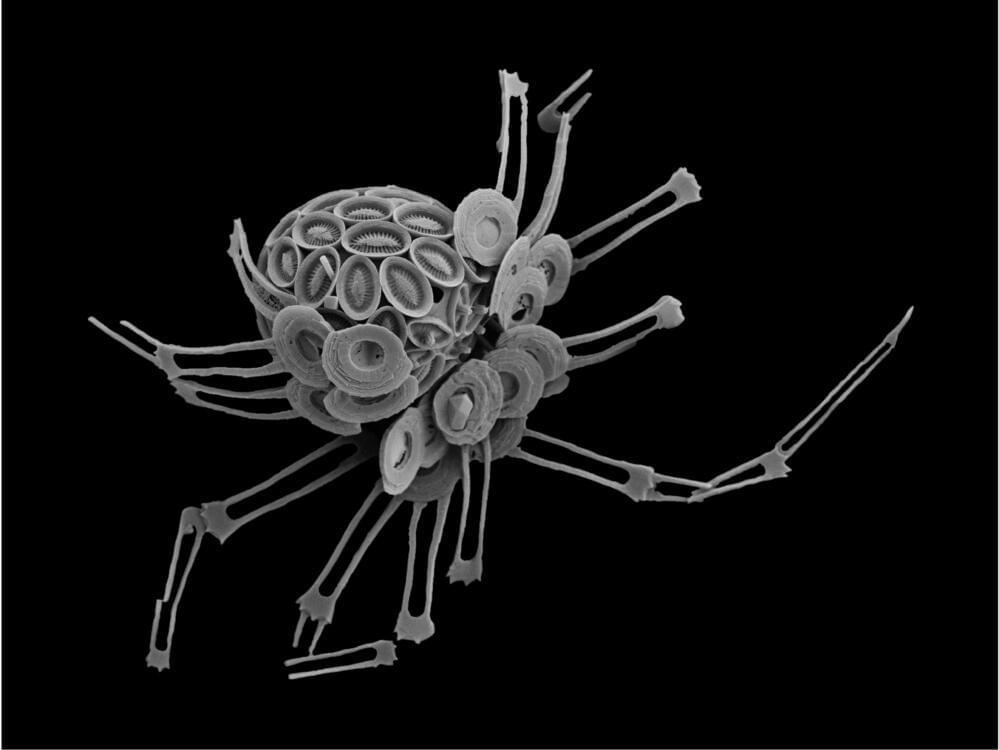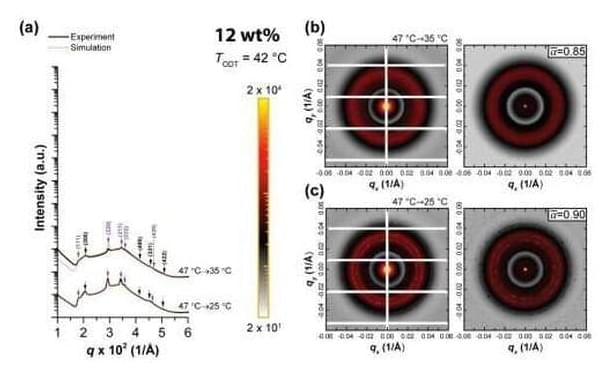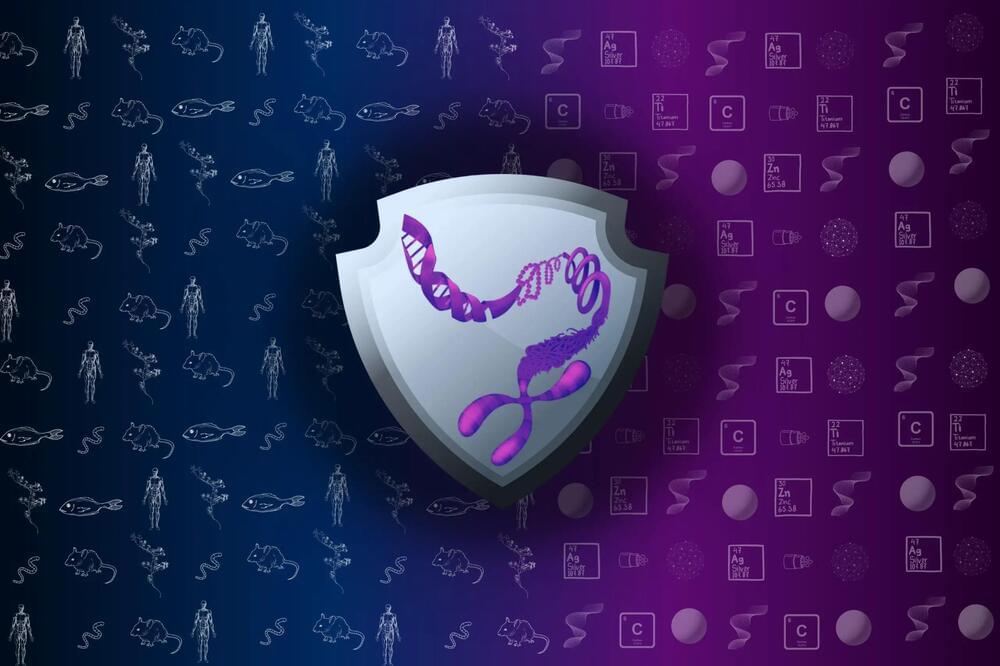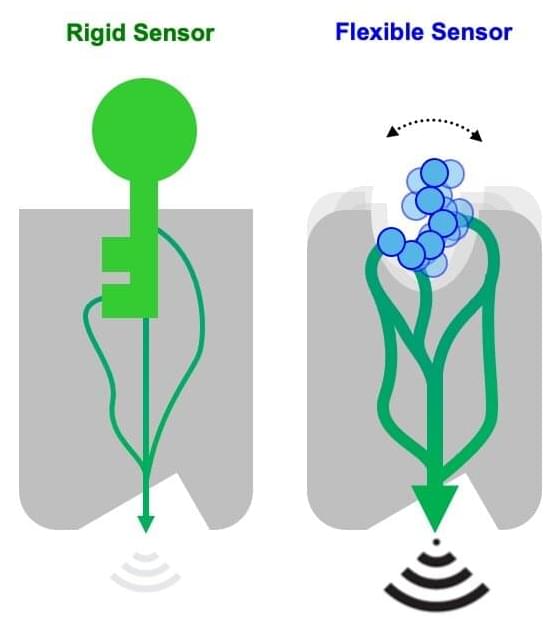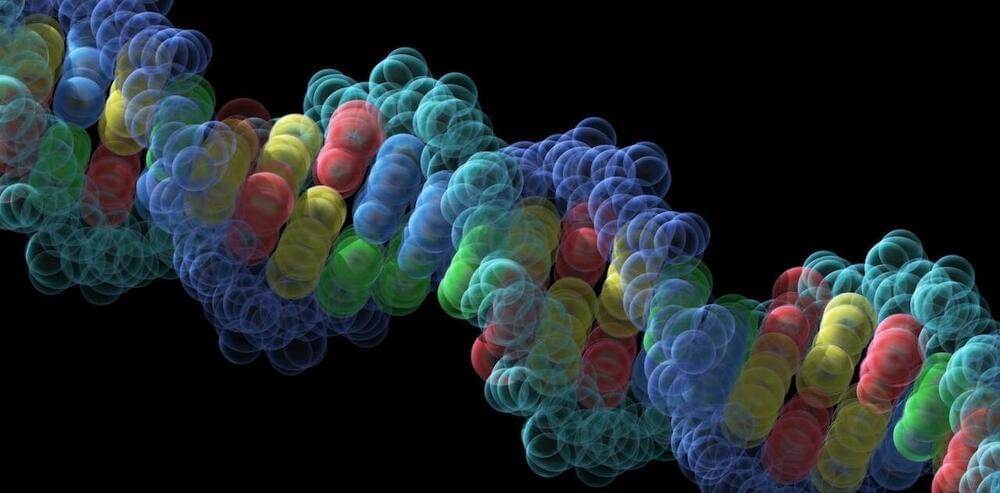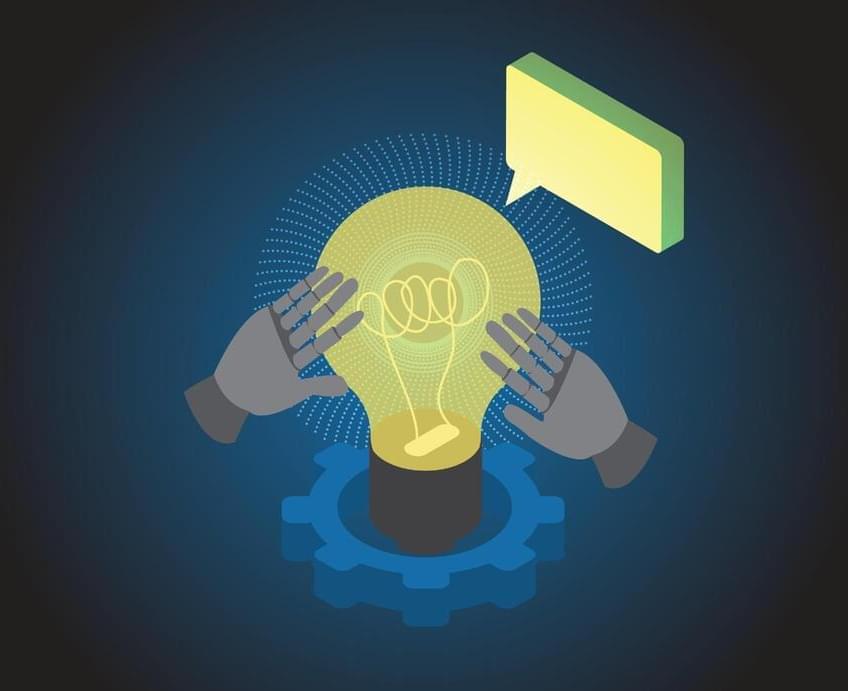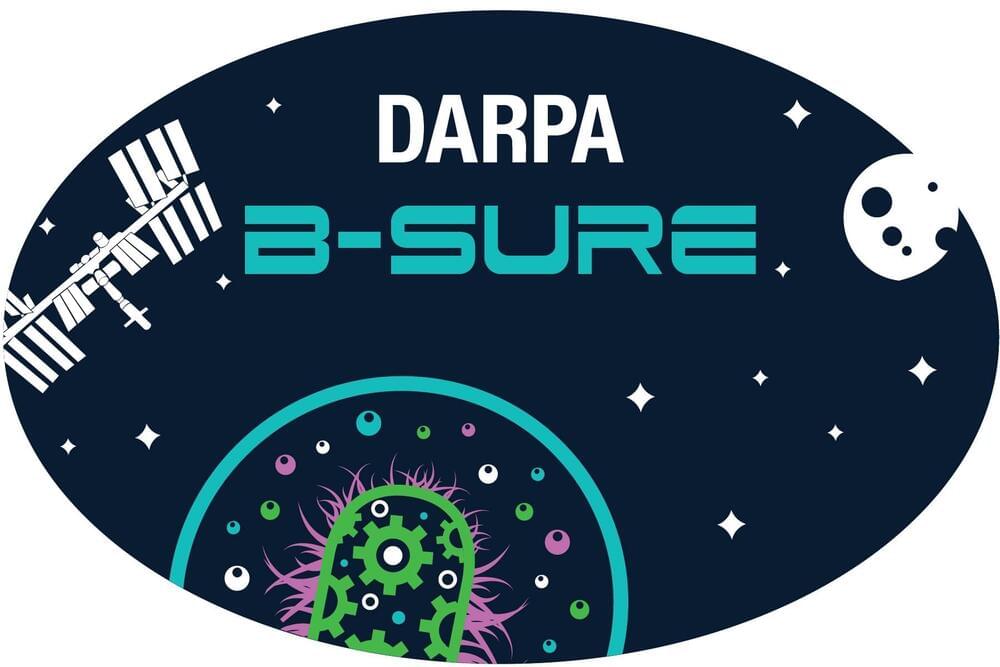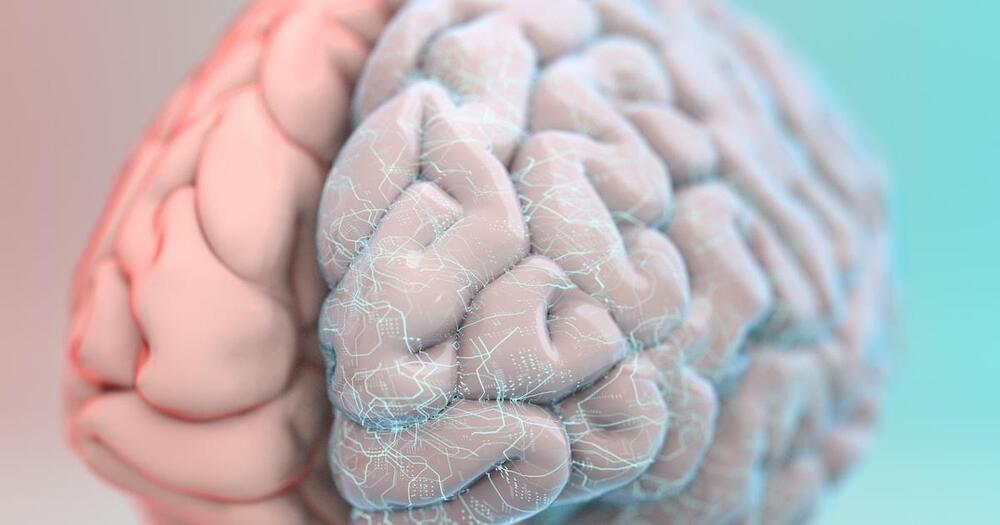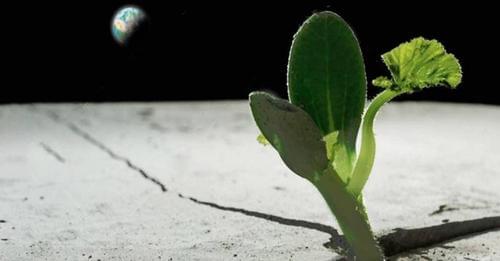May 28, 2023
Forging a dream material with semiconductor quantum dots
Posted by Paul Battista in categories: biological, computing, quantum physics, solar power, sustainability
Researchers from the RIKEN Center for Emergent Matter Science and collaborators have succeeded in creating a “superlattice” of semiconductor quantum dots that can behave like a metal, potentially imparting exciting new properties to this popular class of materials.
Semiconducting colloidal quantum dots have garnered tremendous research interest due to their special optical properties, which arise from the quantum confinement effect. They are used in solar cells, where they can improve the efficiency of energy conversion, biological imaging, where they can be used as fluorescent probes, electronic displays, and even quantum computing, where their ability to trap and manipulate individual electrons can be exploited.
However, getting semiconductor quantum dots to efficiently conduct electricity has been a major challenge, impeding their full use. This is primarily due to their lack of orientational order in assemblies. According to Satria Zulkarnaen Bisri, lead researcher on the project, “making them metallic would enable, for example, quantum dot displays that are brighter yet use less energy than current devices.”
